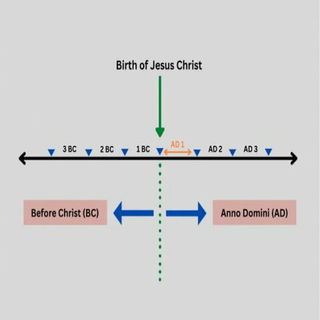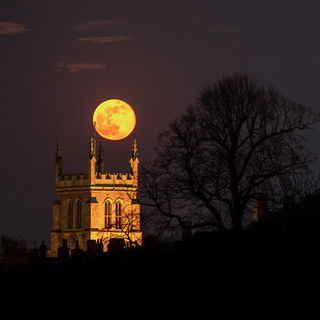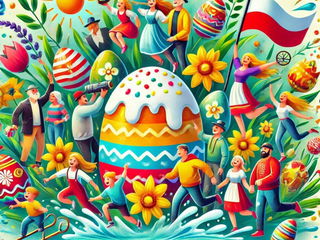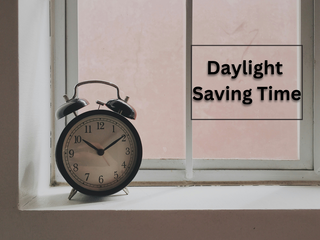- Calendar
- Calendar 2025
- June
- Summer Solstice
Summer Solstice
In 2025, the Summer Solstice in the Northern Hemisphere will occur on June 20, 2025, at 10:42 PM EDT (or 2:42 AM UTC on June 21). It marks the longest day of the year and the arrival of the summer season
Summer Solstice generally occurs between June 20 and June 22.
The solstice happens when the Earth arrives at the point where the North Pole is at its maximum tilt in relation to the sun. This is why days are longer during the Summer Solstice.
Summer Solstice in the Southern Hemisphere, on the other hand, occurs around December 21 or 22.
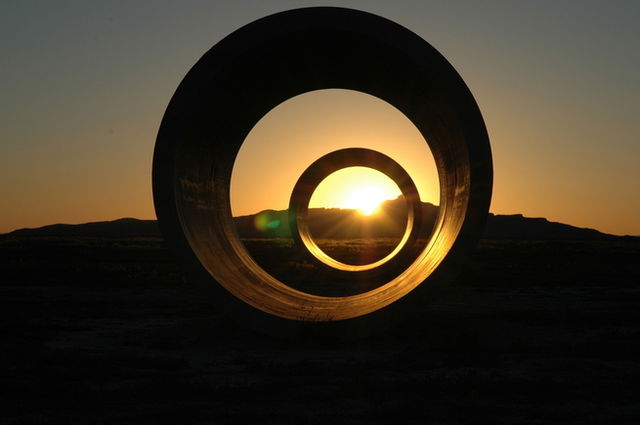
Summer Solstice Meaning
The word 'solstice' is derived from 'sol' which is Latin for the sun and 'stitium' which means stop or still. People in the ancient age put sol-to-stilt which translates to sun standing still and coined it 'solstitium'.
It was originally called the solstitium but people who spoke Middle English abbreviated it to 'solstice' in the 14th century.
The reason for naming it that is because, during the June Solstice, it looks like the sun is standing still. It feels like the trajectory is reversed as on this particular day, the sun does not rise in the east like always.
Instead, it rises north of the east and sets in the northwest because it is at its northernmost point in the sky. Hence, the sun is visible in the sky longer than usual making Summer Solstice the longest day of the year.
The sun seems to return to its usual position after the summer solstice. This is because we know that the Earth revolves around the sun and not the opposite.
During the solstice, the North Pole tilts towards the sun more and that is why the position of the sun appears a bit different. In the Southern Hemisphere, the summer solstice takes place on December 21 when the sun is at the farthest south.
When Will Summer Solstice 2025 Take Place in Your Country
- USA: Friday, June 20, 2025, at 10:41 PM
- UK: Saturday, June 21, 2025, at 3:42 AM
- Canada: Friday, June 20, 2025, at 10:41 PM
- India: Saturday, June 21, 2025, at 8:11 AM
The Significance Of Summer Solstice
The Solstice represented new beginnings and change for many people. This day has been celebrated with festivals, rituals, and midsummer celebrations for centuries. In ancient times, the June solstice was marked as the day to begin planting and harvesting crops. This is the reason it is connected to fertility and new beginnings.
The Stonehenge Monument
The proof of this calendar organization system was found in the monument of Stonehenge in England. It is believed that the stone circle at Stonehenge was built as a way to determine the date of the Summer Solstice.

Tens of thousands of people flock to Stonehenge every year to observe the Summer Solstice and perform ancient pagan celebration rituals even to this day. The best part is visitors get to touch the stone, which has much religious significance, just on this day.
Celebrate Summer Solstice
Summer Solstice has also been associated with feminity for a long time. In ancient cultures, this was a huge deal to commemorate it with bonfires and feasts.
With the spread of Christianity, these commemorations were incorporated into religion.
Today, in North America, New Age, and Neo-pagan groups celebrate the June Solstice by organizing different events. Several music and art festivals focus on those ancient rituals of honoring the Earth and the Sun.
Celebrations Around the World
Alaska, USA
Situated just 140 miles South of Article Circle, Alaska enjoys an entire day of sunlight, also known as the midnight sun on Summer Solstice. To mark this period, they celebrate the Midnight Sun Baseball Game which begins around 10 pm. It is a tradition that has been strictly followed since 1906.
Moreover, Alaska also hosts the Midnight Sun Festival to celebrate the summer solstice. It is a twelve-hour event consisting of arts and crafts, music, and delicious food. This once-in-a-year fair is attended by over 30,000 people.
Canada
In Canada, Summer Solstice coincides with National Indigenous Peoples Day (a day that celebrates the culture of Indigenous people including the First Nations, Inuit, and Métis). Summer Solstice Indigenous Festival is a grand event that merges these two important celebrations.
The Festival generally comprises culinary workshops, award ceremonies, music, art, and other forms of entertainment. Indigenous artists, teachers, students, and others participate in this three-day event with much eagerness.
Sweden
People in Sweden welcome Summer Solstice and consequently the start of summer by celebrating the Midsummer festival. It is a historical celebration that was used to mark the season of growth and fertility, the period between planting and harvest.
During this time, most people travel to the countryside to enjoy the blessings of nature along with their loved ones. Some popular traditions include dancing around the maypole (20-foot pole which has two loops at the top), wearing floral crowns, singing, lighting bonfires, and so on.
Latvia
Latvians enthusiastically welcome the summer solstice by celebrating the Jāņi Festival which dates back to the Middle Ages even before Christianity came into existence. Thus, the festival has its roots in pagan traditions. Similar to the celebration in Sweden, people flock to the countryside to enjoy nature. A nationwide holiday is observed in Latvia on this day.
During this time, Latvians eat Jāņi cheese (a type of sour milk cheese flavored with caraway seeds), make flower garlands, sing Jāņi folk songs, decorate their homes with ferns and birches, and many more!
You Will Enjoy Reading These Next:
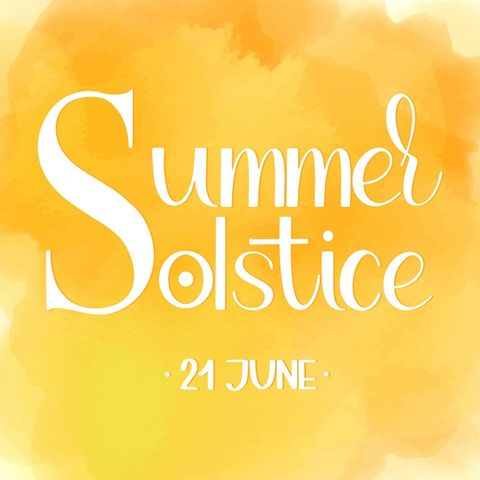
Other Celebrations
-
Feb 02 Sun
-
Apr 14 Mon
-
Jun 21 Sat
-
Sep 22 Mon
-
Dec 21 Sun
-
Dec 21 Sun

Summer Solstice - Next years
Saturday, 20 June 2026
Sunday, 20 June 2027
Tuesday, 20 June 2028
